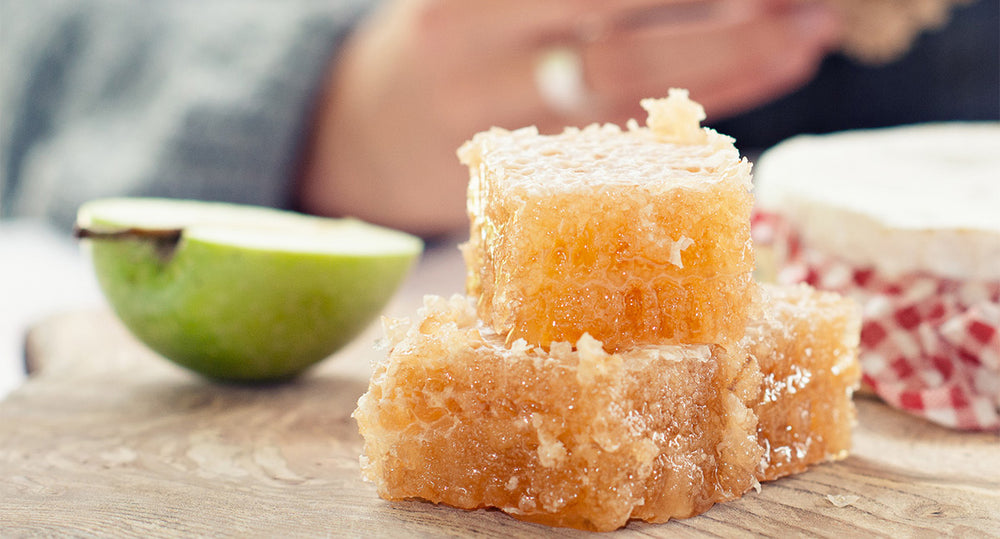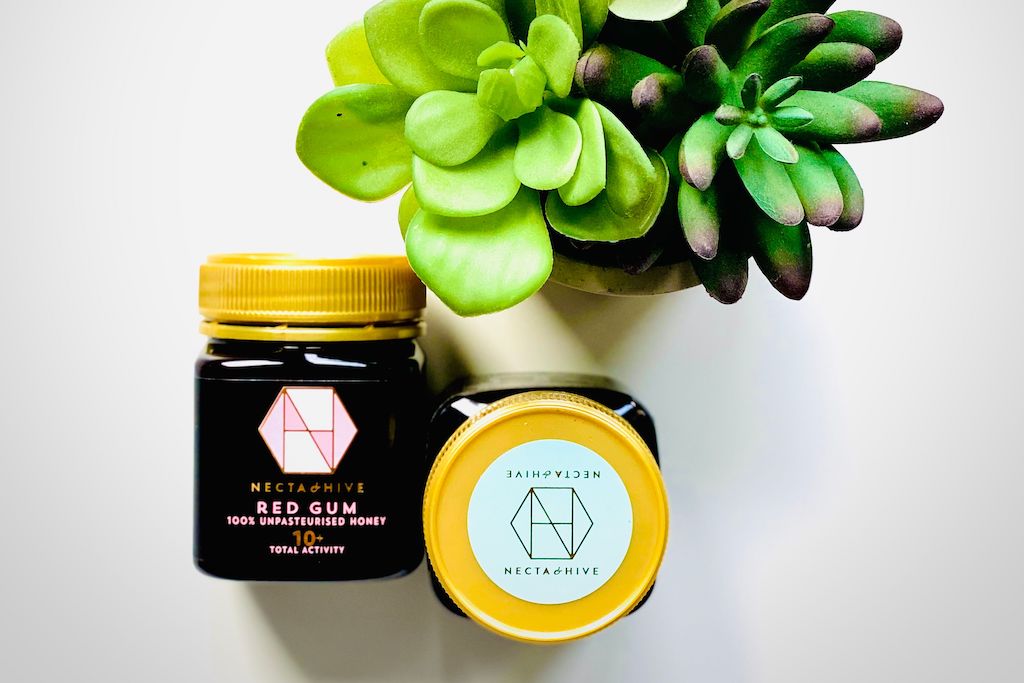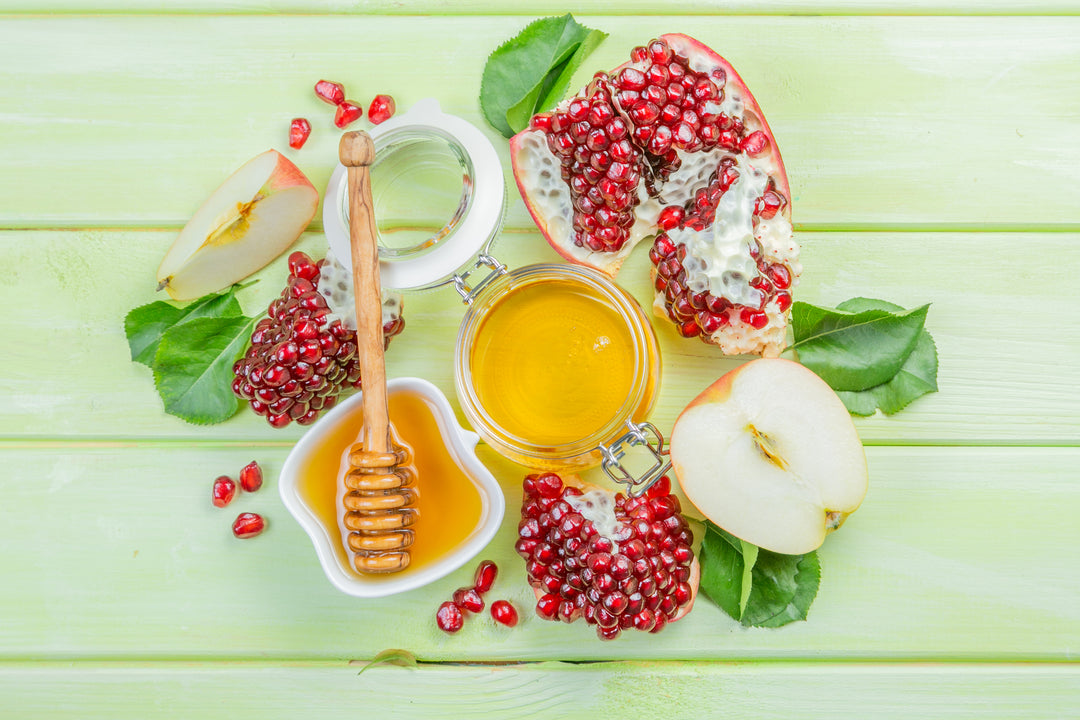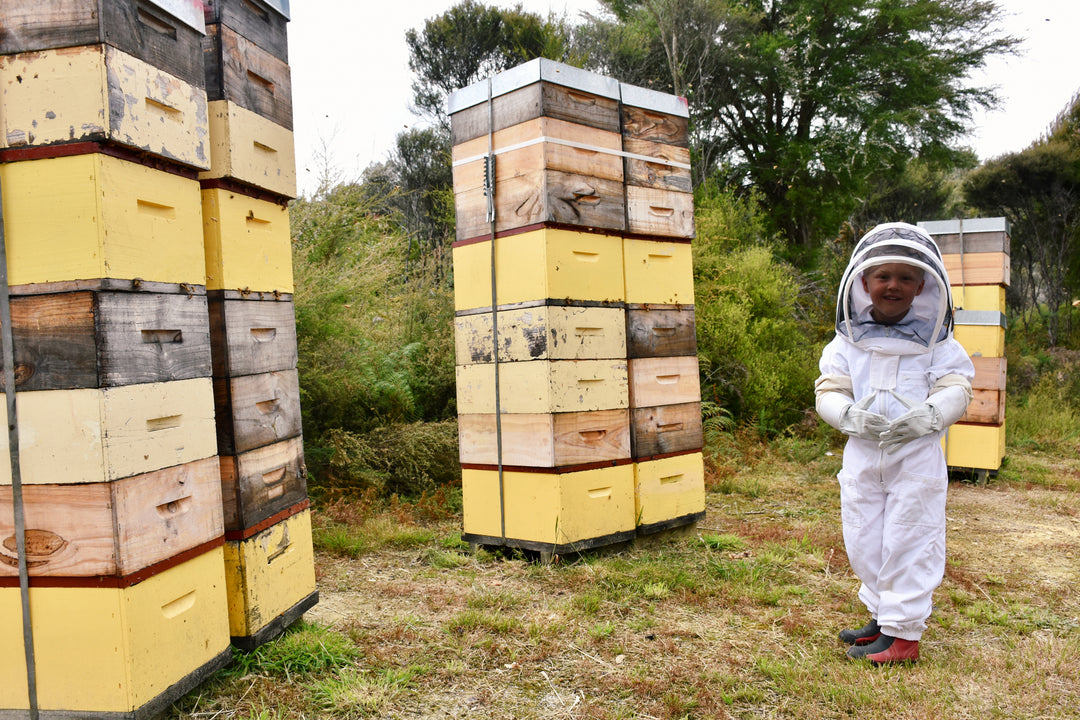Here at Necta & Hive, we pride ourselves on our high quality honeys, that we source from hives in Western Australia – one of the last remaining areas of the world that is free from pests and disease.
This means that our honey is produced by bees free to forage on the Jarrah and Red Gum trees (both members of the eucalyptus family) grown in native, responsibly managed forests tended to without the use of chemical pesticides.
Necta & Hive high TA, active, healing Jarrah honeys aren’t easy to come by, since the flowering season of the trees is short and only occurs once every two years. But they’re well worth the golden prize, as they have very high TA, or total activity ratings. TA is a rating of the antimicrobial power of a honey, and our honeys are among the highest rated TA honeys on the market.
But how do active, healing honeys have antimicrobial properties that mean they can inhibit the growth of pathogenic bacteria, fungi and viruses? Well, it’s all down to a substance called hydrogen peroxide, that has been much scientifically researched…
Hydrogen peroxide is a type of bleach (top marks if you already knew that!) but at the concentrations it’s found in within honey, it’s not harmful in the slightest. In fact, quite the opposite – hydrogen peroxide kills pathogenic bugs[1] whilst being kind to our own skin and the tissues of our internal organs. That’s why honey is used to treat coughs and sore throats and to help heal wounds.
But how does this hydrogen peroxide get into our honey in the first place? By the bees of course! When bees produce our Jarrah and Red Gum honeys, they inject an enzyme called glucose oxidase into it. This then reacts with the glucose and the oxygen part of the water molecules naturally present in honey and forms hydrogen peroxide.
When we consume honey, or use it to manage wounds and burns, it exerts its antimicrobial properties by killing pathogens using this hydrogen peroxide.
But that’s not all. Scientific papers show that honey has other features[2] that help its antimicrobial activity.
Honey has a low water activity, which means that the water that’s in honey has a very low availability. This property also gives honey the ability to inhibit microbial growth as most pathogens need water to survive.
Plus, the high fructose (a type of fruit sugar) content of our honeys, relative to their low water content, causes bacterial cell walls to collapse under the pressure of osmosis (water moving out of the bacterial cells in the honey) causing them to dehydrate and die.
Finally, the pH, or measure of acidity, of honey is low, meaning that it’s quite acidic. This also provides an unfavourable environment for microorganisms, which means they cannot survive.
So there we have it for the antimicrobial prowess of active, healing honeys like ours here at Necta & Hive. Eat a teaspoon on a daily basis and help to support your good health!
Shop our collection of delicious, 100% natural, active honeys… Click here
Not sure which honey is right for you? Then use our rating and taste guide to help you.
- Why good gut health is linked to good mental health
- The history of honey in ancient Ayurvedic medicine
References
[1] Mandal, M.D. and Mandal, S. (2011). Honey: its medicinal property and antibacterial activity. Asian Pacific Journal of Tropical Biomedicine, [online] 1(2), pp.154–160. Available at: https://www.ncbi.nlm.nih.gov/pmc/articles/PMC3609166/.
[2] Albaridi, N.A. (2019). Antibacterial Potency of Honey. International Journal of Microbiology, 2019, pp.1–10.






